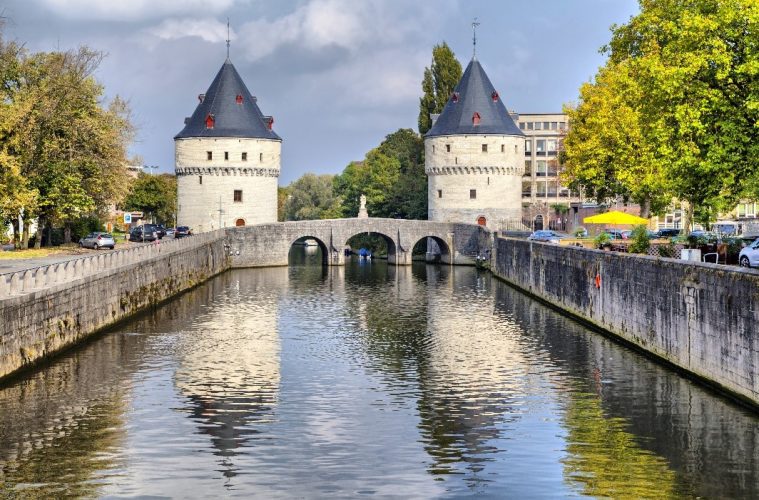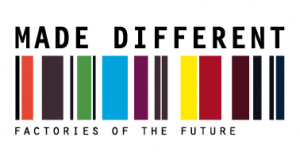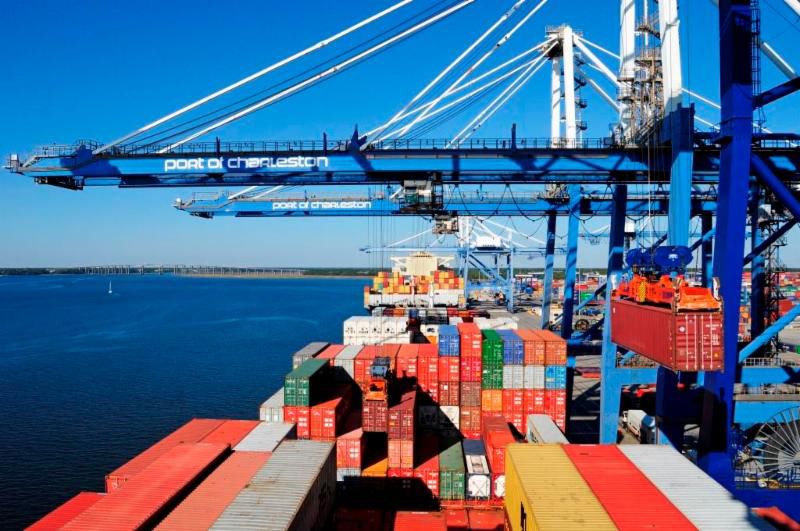 The Kortrijk Biennale Interieur celebrated 50 years in October of its internationally acclaimed design festival. The week-long exhibition has enabled the West Flanders city to move from a dying textile capital to a vibrant creative center.
The Kortrijk Biennale Interieur celebrated 50 years in October of its internationally acclaimed design festival. The week-long exhibition has enabled the West Flanders city to move from a dying textile capital to a vibrant creative center.
For this 26th version of the festival, the Biennale was shortened from 10 days to five (Oct. 18-22). Still the impact on the city both during the event and over the years, is and has been profound.
Transitioning from Textile Legacy
For much of the 20th century, Kortrijk anchored the textile industry of Belgium’s West Flanders region. But as the textile industry moved to other less expensive manufacturing areas, the Kortrijk region remade itself into a creative hub. That process continues today, with the Biennale Interieur being the most visible and internationally recognized symbol of the transition.
The process has resulted in design integrating itself into the local economy to such an extent that in 2017, UNESCO named Kortijk part of its Creative Cities Network. Kortrijk joined 180 other cities in 72 countries. (Only nine are in the US.)
The Kortrijk transformation is as significant as the change undertaken by its US Sister City — Greenville, located in the Upstate region of South Carolina.
Greenville shed its textile heritage to become a manufacturing powerhouse. The Upstate region is home to such companies as BMW, Michelin and Toray.
But while Greenville focuses on high-end manufacturing, Kortrijk more subtly has worked to build a creative infrastructure that supports new and growing businesses.
5×5 – Creating Next Generation of Designers
That was evident at the Biennale Interieur with the 5×5 program presented by DesignRegio. A public-private partnership, Designregio supports design across West Flanders. Its 5×5 program specifically brings together an existing successful company that seeking help in creating a new process or product. Designregio puts the larger company in contact with an experience designer as well as a young designer. Together, the three partners develop the new process or product over two years, guided by 5×5’s protocols.
At Designregio, the finished work is presented — examined, critiqued and appreciated by the crowds.






 Colleton County has an unnamed food packaging manufacturing plant interested in its 100,000 sq. ft. spec building,
Colleton County has an unnamed food packaging manufacturing plant interested in its 100,000 sq. ft. spec building, 
 A Virginia-based golf and accessory company is moving its manufacturing and warehouse operations to Chesterfield County in South Carolina,
A Virginia-based golf and accessory company is moving its manufacturing and warehouse operations to Chesterfield County in South Carolina, 






